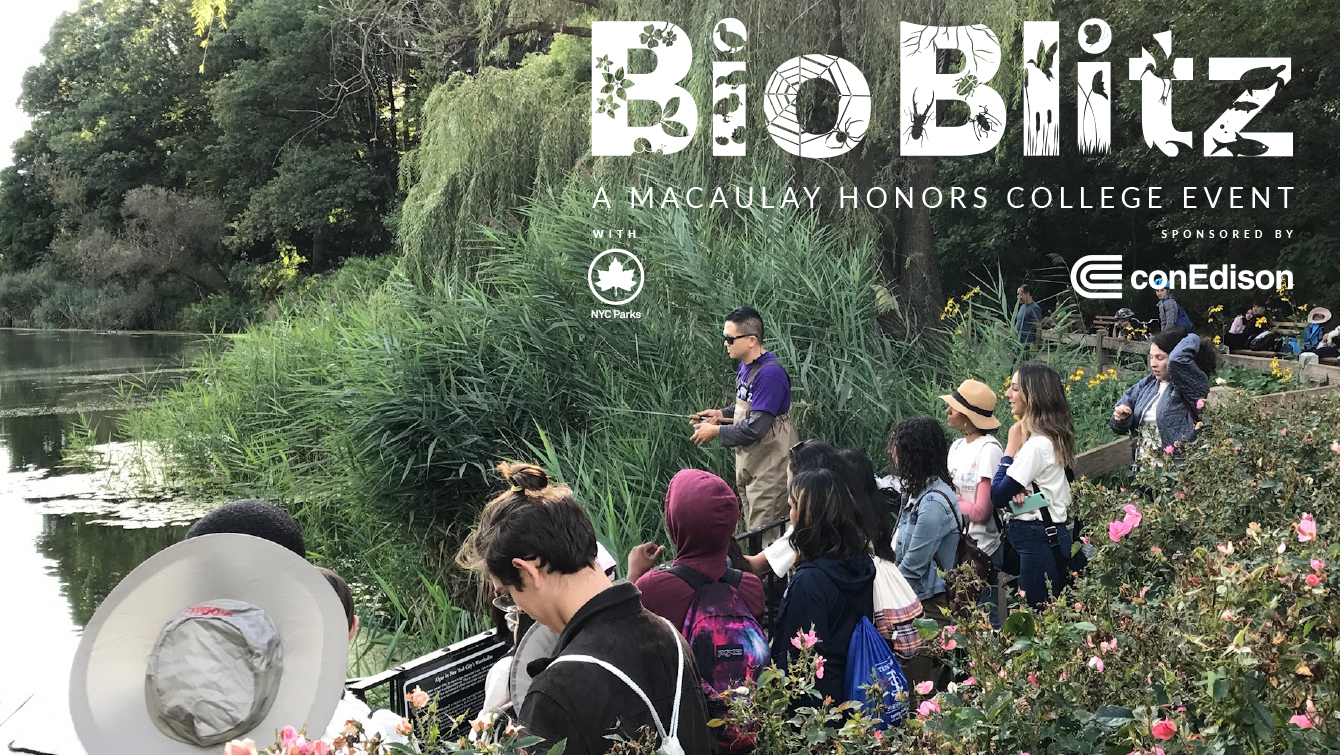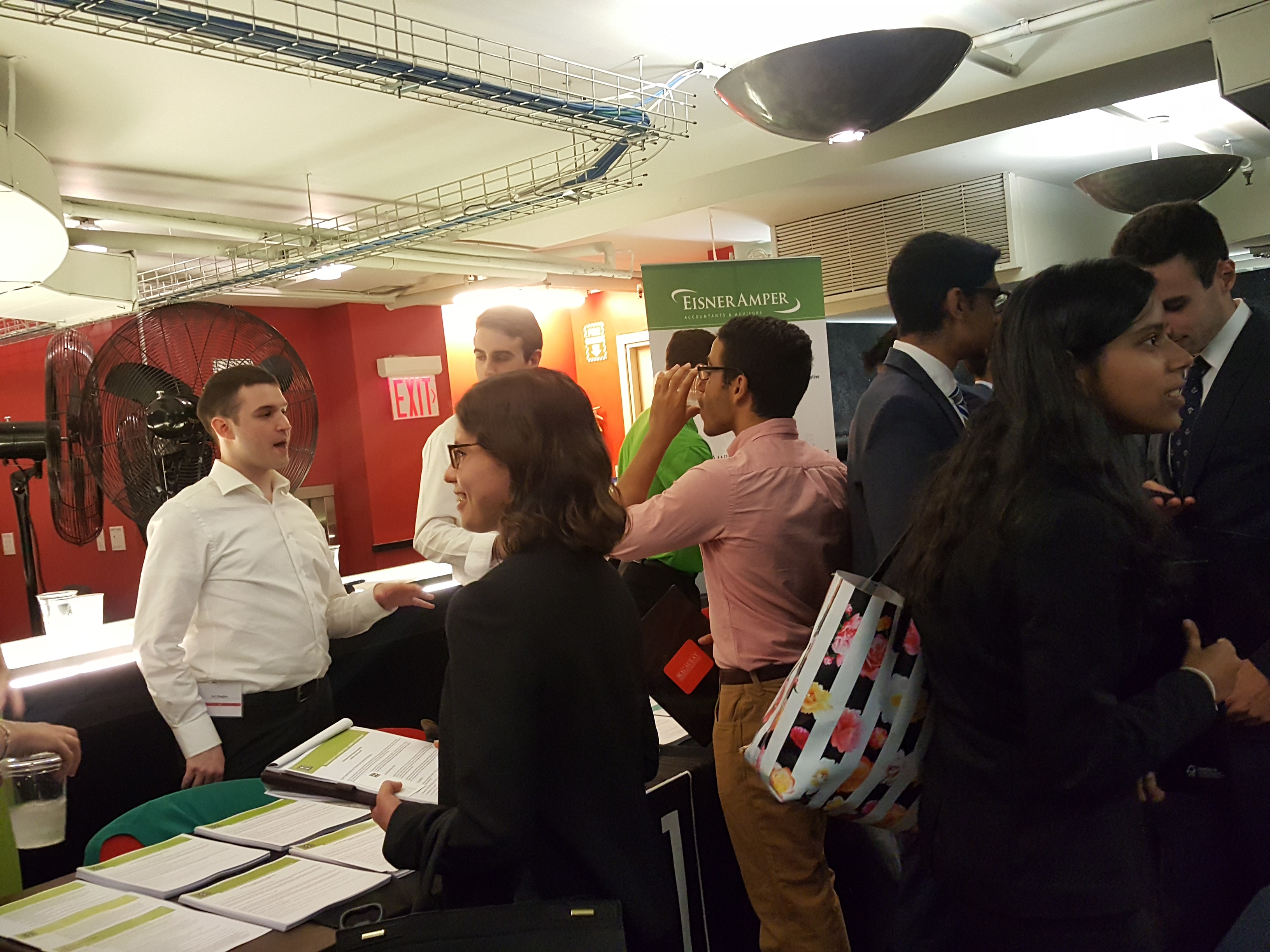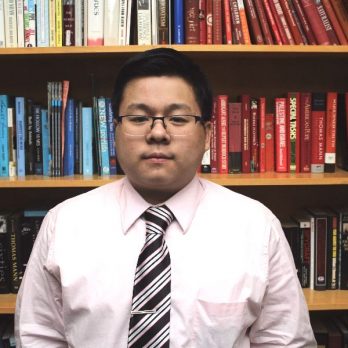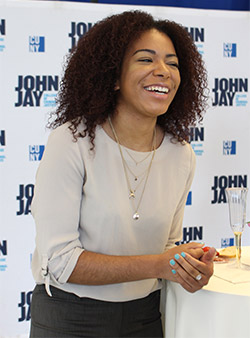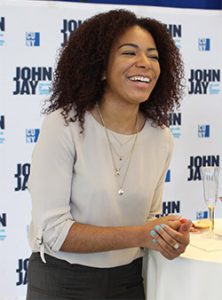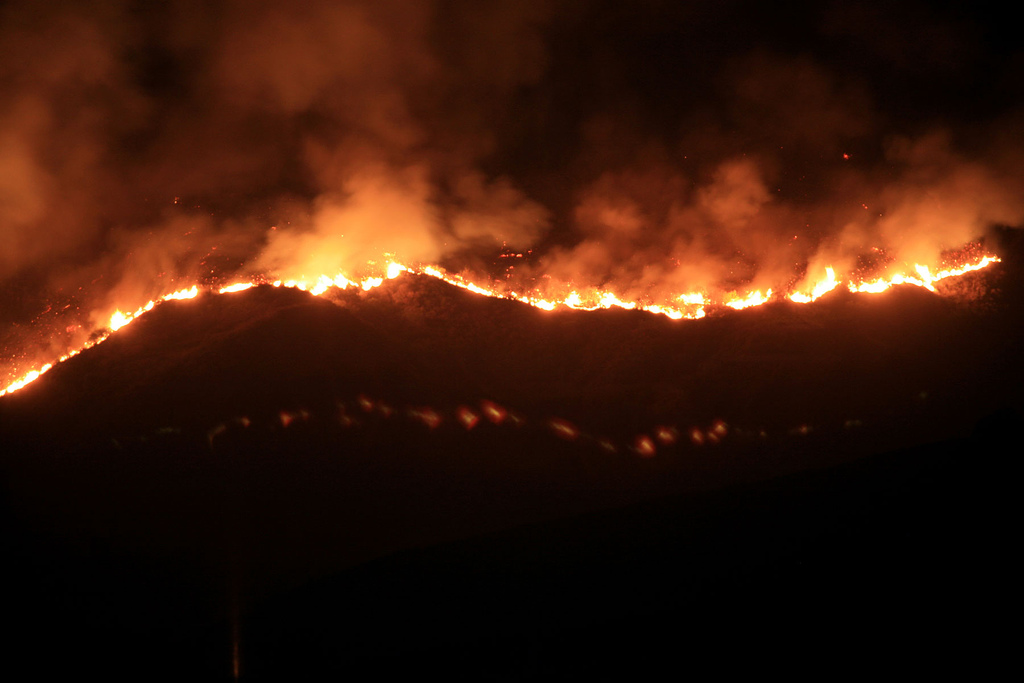The New York Times
Aug. 8, 2018
Opinion: How Nixon Came Back
Fifty years ago, the former vice president executed the greatest reversal of fortune in American political history.
By Ted Widmer
Mr. Widmer is a historian.
On the evening of Aug. 8, 1968, Richard Nixon delivered his acceptance speech for the Republican nomination, which he had won the same day. James Reston of The Times called it “the greatest comeback since Lazarus.”
For many Americans long accustomed to seeing Mr. Nixon lose, it was disorienting to see him on the rostrum so … victorious. The old scowl was gone, the hair was a little longer and, as his handlers promised, a “New Nixon” beamed reassuringly for the cameras.
Yet it was a strange speech, alternating between genuine grace notes and darker rumblings from an American subconscious that was sullen and fearful after years of war and discord. Like tectonic plates grinding against each other, the tensions between these visions, alternatingly bright and horrific, would be difficult to resolve.
Eight years earlier, Mr. Nixon had been a famously awkward candidate who tried much too hard, sweating it out to make it to all 50 states in 1960, while John F. Kennedy casually threw spiraling footballs for the photographers of Life and Look. But a lot had changed since then. Mr. Nixon’s handlers, especially the younger ones, included a new breed of TV executive, who understood that Mr. Nixon could reinvent himself with softer lighting, better angles and fewer appearances. That, in essence, was the New Nixon. They devised a savvy strategy, outlined by one of their own, Joe McGinnis, in his classic book “The Selling of the President, 1968.” Thanks to their tutelage, he now seemed a calmer kind of statesman who spoke gnomically once a day, with plenty of time to get the footage to the networks. The spread of color TV between 1960 and 1968 helped Mr. Nixon, too; it eliminated the ghostly pallor and 5 o’clock shadow that had terrified schoolchildren in 1960. Air conditioning, another miracle, reduced the pools of perspiration that glistened when the lights burned too brightly.
Florida had already been good to Mr. Nixon, before the Republicans came to Miami. As Dwight D. Eisenhower’s running mate in 1952, he had pleaded poverty as evidence of good character during his famous “Checkers” speech. But in the intervening years, he had quietly amassed a fortune in Miami real estate, thanks to his close friend Bebe Rebozo, a well‐connected Cuban‐American. If Mr. Nixon seemed more confident, it may have had something to do with these properties, which made up almost half of his sizable wealth in 1968. His comeback had begun in Miami, in 1962, when he began to buy up parcels after losing the California governor’s race.
The Republican convention was held partly in the Fontainebleau Hotel, whose architect, Morris Lapidus, once said, “If you create a stage and it is grand, everyone who enters will play their part.” The Fontainebleau was nearly as elaborate as its royal namesake in France. TV and movie directors had been coming for years (several memorable scenes from “Goldfinger” were set at poolside). Republicans went there from all over the country, representing a party that still had many different viewpoints. One young Republican who made the trek was Hillary Rodham, not yet Clinton. In her memoir, “Living History,” she described the week as “unreal and unsettling.” In one of the Fontainebleau’s elevators, she encountered John Wayne, complaining about the food.
The coronation was scheduled for Thursday night, but Mr. Nixon had to survive robust late challenges from Nelson Rockefeller and Ronald Reagan. Like many, they were not convinced that Mr. Nixon was “the One,” as the bumper stickers and straw hats proclaimed, a little desperately. But years of hard political work — doing favors, collecting debts — paid off for the candidate as he outlasted these final challenges. Senator Strom Thurmond of South Carolina was a robust ally, helping him to fend off Mr. Reagan on the right and refusing to let the party’s moderates anywhere near Mr. Nixon, especially when it came time for the selection of a running mate.
The surprising choice of Spiro Agnew, governor of Maryland, made no sense to most handicappers, but it pleased Mr. Thurmond and sent a signal that a new “Southern Strategy” was in the works. Mr. Agnew had received national attention for aggressively clamping down on African‐American protests as riots increasingly spun out of control in 1968. On the night of his speech, black riots erupted in Miami, killing three, but the convention in Miami Beach, separated by its causeway, seemed a world away.
A few weeks later, Democrats would fall apart more publicly in Chicago. But Miami Beach signaled a momentous shift for the Republicans as well. The nomination of Mr. Nixon and Mr. Agnew signaled a final defeat for moderate and liberal Republicans, as the party’s power base shifted South, forever.
Mr. Nixon understood that a major change had happened, and some of that drama entered his speech, one of the best he ever gave.
He had been thinking about the speech for weeks, writing out concepts on his yellow legal pads while holed away at Montauk, on Long Island. He went for long walks on the beach — once into a fog so deep that he had trouble finding his way back. But the speech was full of taut sentences about a country that could become great again, exactly as he had.
A near‐disaster nearly prevented the speech from being given. The aide holding it, a former TV executive named Frank Shakespeare, was briefly separated from the peloton surrounding Mr. Nixon as he entered the hall. But they found each other just in time. Mr. Nixon then took the enormous stage with confidence, smiling incessantly, assuring millions of viewers that the New Nixon had arrived. The air conditioning was working. Then the speech began, sprinkling optimistic promises of greatness with dire warnings against non‐greatness. Norman Mailer, covering the convention, wondered if Nixon were simply entering random data into a cosmic Teletype machine, like the supercomputer HAL in “2001: A Space Odyssey,” saying whatever the people wanted to hear.
That was too harsh, but there was something to Mr. Mailer’s observation that it was a strangely put‐together speech. For long sections, he promised ever‐expanding vistas of an air‐conditioned paradise, in which all Americans treated each other decently. In one stretch, he almost seemed to channel the Rev. Dr. Martin Luther King Jr., repeating “I see an America” much as Dr. King had chanted “I have a dream.”
But in other sections of the speech, the old 5 o’clock shadow grew back. Crime was out of control in America, and Mr. Nixon promised to restore “law and order.” The United States had paid too much for its alliances; it was time for the allies to step up and pay “their fair share.” He promised that he would “stop pouring billions of dollars into programs that have failed,” including welfare. Somehow, that would reduce crime.
In short, less taxes, more greatness. Over and over, he spoke to the “forgotten Americans,” assuring them that greatness was right around the corner:
America is a great nation … And America is great because her people are great … America is a great nation … And it is time we started to act like a great nation around the world … We are a great nation … And we must never forget how we became great … We make great history tonight.
In a way, he did. The speech was a hit and helped propel Mr. Nixon to victory in November. One section, near the end, described a child listening to a train in the distance, forming “dreams of faraway places where he’d like to go.” That image resonated when the audience slowly realized he was talking about himself, growing up in straitened circumstances, along a different coast. It was about as personal a moment as Mr. Nixon ever offered.
He was buoyed by the speech and stayed up late with his advisers, excited. The final lines of the speech had promised to end “the long dark night” and look out over a new dawn. That also seemed to be his plan for the evening. He nearly made it, but fell asleep around 4 a.m., muttering imprecations against The New York Times that could not be printed in his least favorite newspaper.
In his speech, Mr. Nixon looked ahead, to the 21st century, and thought he might be inaugurating a new era of post‐Democratic ascendancy. That did not quite happen, but the speech’s themes have proven durable. Both Democrats and Republicans have tried to unite the country since then; most have failed. Some, like Mr. Reagan, veered toward the sunny side of Mr. Nixon’s rhetoric. Others, like Donald Trump, have headed into the darkness. Some aspects of Mr. Nixon’s speech even sound quaint today — he included Mexicans and African‐Americans in his idealized version of the country and bore no hostility to the foreign‐born. The speech mentioned building bridges, not walls. But in the end, his hatreds proved more powerful than his tautological vision of a country seeking greatness, simply by remembering that it was once great.
As history now knows, more clearly than in 1968, there were misdeeds large and small in the era that was beginning on that August evening. Throughout Mr. Nixon’s presidency, as Newsday reported in some hard‐hitting journalism of the time, he gave constant favors to the Florida realtors who had helped to make him rich, bending the rules whenever he thought he could get away with it. That proved to be a slippery slope. He was lounging in a pool in South Florida with Mr. Rebozo when he first heard the news there had been a clumsy break‐in at the Watergate apartment complex. Mr. Rebozo recalled, “We laughed and forgot about it.”
Mr. Nixon’s speeches tend not to be included in speech anthologies. But it would be difficult to find a richer document of the times. With this skillful address, he achieved his political goals and articulated an important new vision for the country, palpably different from the one Franklin D. Roosevelt had unveiled at Chicago in 1932. But in the end, like most politicians, he promised more than he could deliver. Worse, he sowed the seeds for future confusion by trying to take America back to a perfect place where it had never even been.
Ted Widmer is a historian, is professor and director of the Humanities Lab at the Macaulay Honors College of the City University of New York. He edited a collection of speeches for the Library of America.
